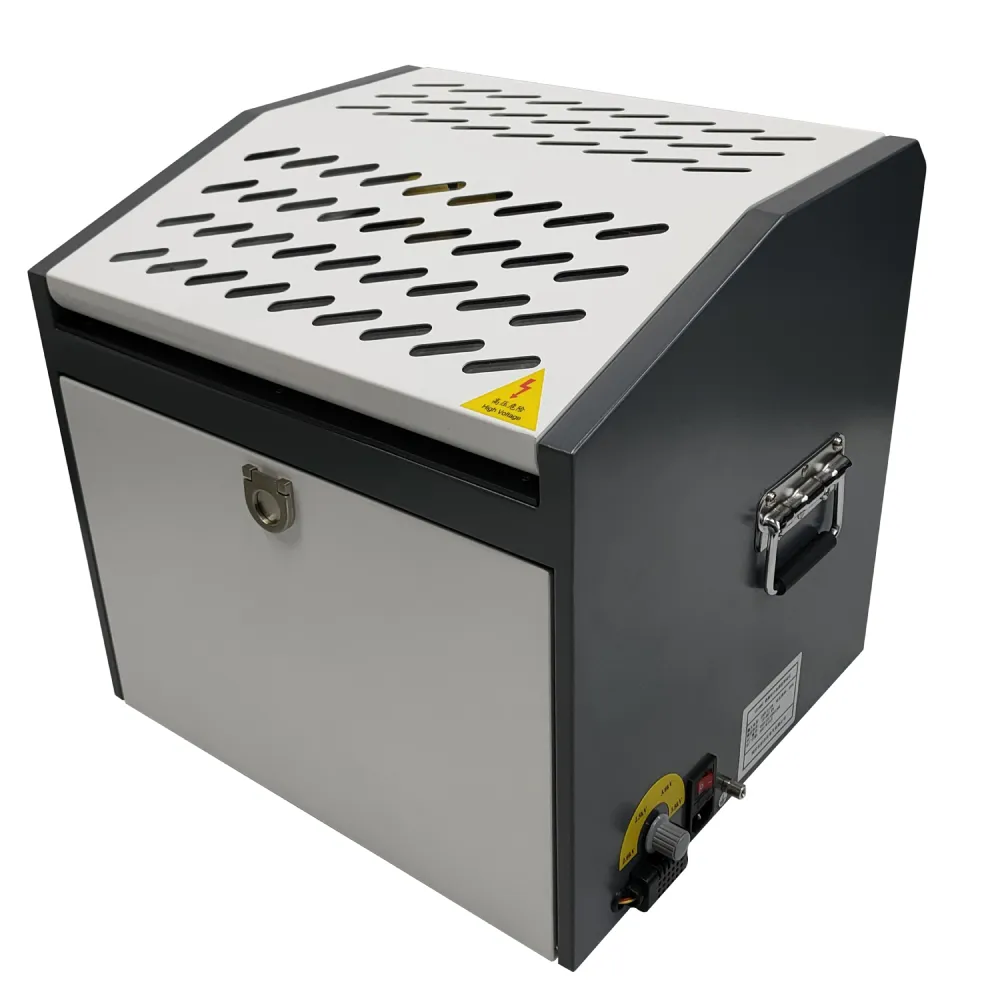 English
English


hipot leakage current
Understanding Hipot Testing and Leakage Current
In the realm of electrical safety, the term hipot, short for high potential, refers to a testing method used to evaluate the insulation strength of electrical devices. This test is crucial in ensuring that electrical products are safe for use and can operate without any risk of electrical shock to users. One of the key outcomes of hipot testing is the measurement of leakage current, a critical factor in assessing the performance and safety of electric devices.
Understanding Hipot Testing and Leakage Current
The primary goal of hipot testing is to verify the integrity of the insulation and ensure that it can withstand higher than normal operating voltages without allowing significant current leakage. This process is essential not only for compliance with safety standards but also for maintaining consumer confidence in electrical products. Various industries—ranging from consumer electronics to automotive and medical devices—are mandated to perform hipot testing as part of their quality assurance processes.
hipot leakage current

The measurement of leakage current during a hipot test can reveal several critical issues. If the leakage current exceeds permissible levels, it often indicates that the insulation may be compromised. Factors contributing to high leakage include contaminants on the insulation surface, moisture ingress, or deterioration of the insulation material itself. Identifying these issues early through testing helps in taking corrective measures, thereby preventing potential hazards.
Another important aspect of leakage current is that it is often a sign of the ongoing health of electrical systems. Regular testing can help in predictive maintenance, allowing manufacturers to address insulation wear and tear before it leads to equipment failure or safety incidents. It is an essential practice in industries where equipment failure can have serious repercussions, such as in healthcare where medical devices must operate with absolute reliability.
In summary, understanding leakage current within the context of hipot testing is vital for ensuring the safety and reliability of electrical devices. By systematically monitoring and controlling leakage current, manufacturers can protect consumers and provide safer products, fostering trust in the technology that powers our contemporary lives. As we continue to innovate and develop new electrical devices, the importance of rigorous testing protocols remains paramount in upholding safety standards.
-
Differences between open cup flash point tester and closed cup flash point testerNewsOct.31,2024
-
The Reliable Load Tap ChangerNewsOct.23,2024
-
The Essential Guide to Hipot TestersNewsOct.23,2024
-
The Digital Insulation TesterNewsOct.23,2024
-
The Best Earth Loop Impedance Tester for SaleNewsOct.23,2024
-
Tan Delta Tester--The Essential Tool for Electrical Insulation TestingNewsOct.23,2024





